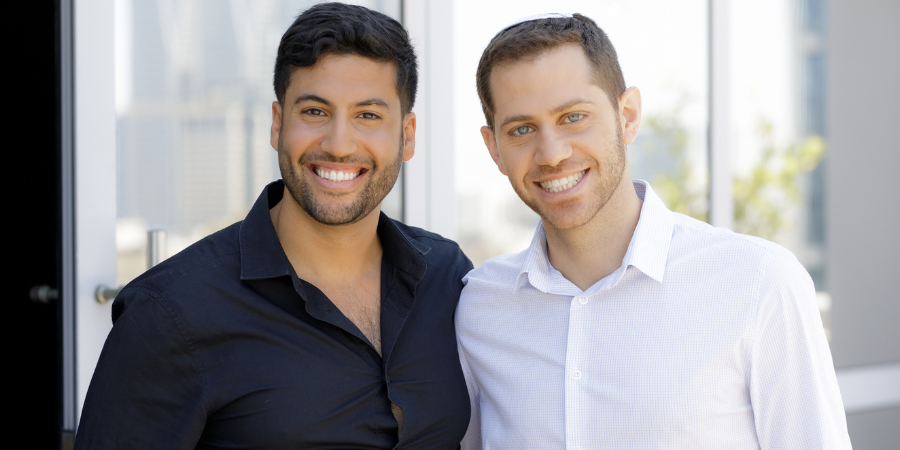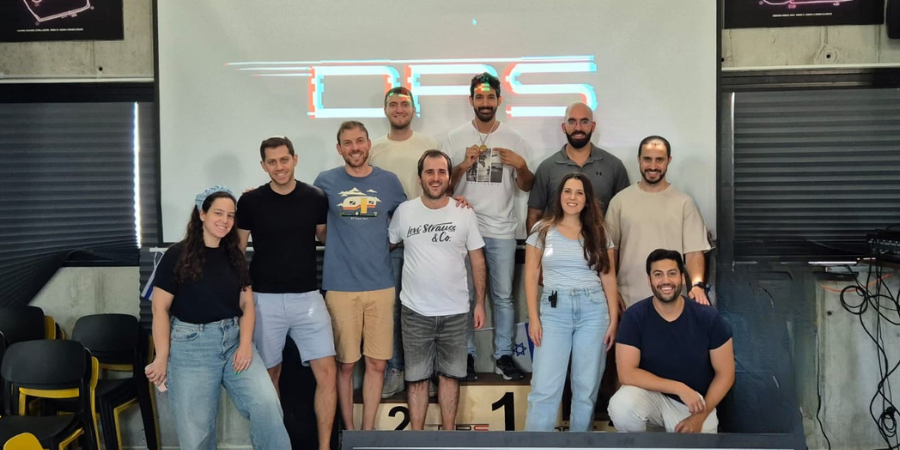The night the Second Lebanon War broke out was the night I decided to become an engineer. I was in 8th grade. My family and I were on vacation in northern Israel when distant explosions echoed through the hills. They got louder, closer, until we could see them lighting up the horizon. My parents rushed us into the car and drove through the night back to the center of the country in complete silence. I felt powerless. That night, I made myself a promise: to build something that would protect our home. That was the moment I knew I wanted to be an engineer.
Four years later, I joined the IDF’s elite Brakim program, Israel’s most prestigious training path for defense R&D engineers. That’s where I met Moti, my best friend and now co-founder. Brakim selects about 20 top candidates each year to earn both bachelor’s and master’s degrees in mechanical engineering from the Technion, Israel’s MIT, within four intense years, including a research thesis.
Mechanical engineering is the field that designs everything physical around us, our cars, smartphones, even the laptop you might be reading this on. Moti wasn’t just the most humble and genuine person I’d ever met, he was also the smartest. He graduated in the top 3% of the entire Technion, every single semester.
We loved our time in the program. We felt we were fulfilling our purpose: to serve our country by building cutting-edge technologies. But that dream came crashing down the day we started working as engineers.
Those first few months were a nightmare. I spent entire weeks doing tedious work, searching through catalogs for three screws and two bearings that, more often than not, didn’t even fit. There was no creativity, no innovation, no intellectual challenge. Just meetings, documentation, and parts-hunting. Nothing like the impact-driven mission we imagined.
One night, Moti and I were catching up with friends when we realized we were both feeling the same thing: disillusioned. How is it that every other technical profession, software, electronics, even law, has been transformed by AI and automation, yet mechanical design still relies on the same tools and methods from the 1990s?
That frustration led us both into AI. Moti developed the computer vision system for the Israeli Merkava tank, and I became an AI researcher in Unit 8200, Israel’s elite intelligence unit, focused on target recognition. Some of that work has recently been featured in The Washington Post and received the Israel Defense Prize.
After our military service, I moved to Boston for a Fulbright postdoc at MIT, researching the intersection of mechanical design and AI. When I returned to Israel to teach at the Technion, Moti and I both knew it was time, we had to build something together. The pain we experienced as engineers still burned in us. And now, finally, the technology had caught up.
But we didn’t write a single line of code until we validated our hunch.
We interviewed more than 900 mechanical engineers, from junior designers to VPs of R&D, to pinpoint the most frustrating, time-consuming tasks in their workflows. Only after we mapped the pain did we founded Leo AI: the world’s first AI copilot for mechanical engineering design, built by mechanical engineers, for mechanical engineers.
A little over a year later, Leo is used by more than 30,000 engineers around the world, including teams at HP, Sonova, and Intel. They use Leo to design the next generation of hearing aids, 3D printers, and high-performance servers.
Leo connects directly to an organization’s internal data, enabling teams to get accurate answers to technical questions based on their existing knowledge. It helps engineers reuse past designs, avoid redundant development, and quickly find relevant parts using natural language. By streamlining these tasks, Leo can save teams up to five hours of repetitive work each week.
On the business side, we’re rapidly scaling sales across both SMBs and enterprises, with 6x growth just last month. We’re now finalizing our seed round, building on the momentum from our previous pre-seed investors, Tech Aviv and OurCrowd. Industry leaders like HP, Scania, Mobileye, and Siemens are already using Leo to transform their engineering workflows.
And beyond the numbers, the most moving part for me is hearing what engineers say when they use Leo. Some tell us it’s the first time they feel truly heard. That someone is finally building something for them. Others describe Leo as a breath of fresh innovation in a field that’s seen no real innovation in over 30 years.
Many of them say Leo is the first AI tool they can actually trust.
And for us? That means everything.

Dr. Maor Farid (CEO), Moti Moravia (CTO) – Co-Founders, Leo AI





